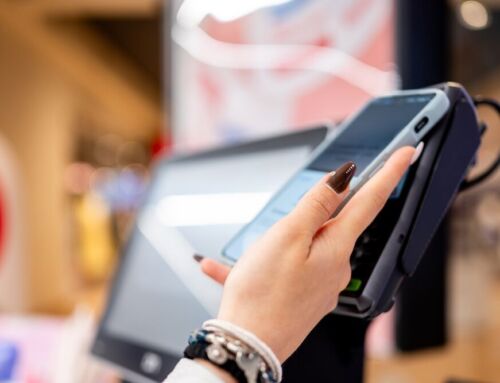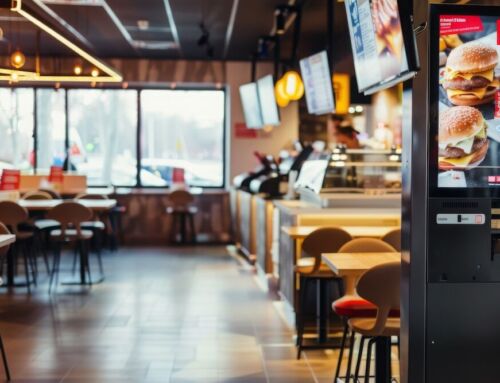Remember DVDs? A recent story that caught our attention is the sad but hardly surprising demise of DVD rental company Redbox in the US. Back in the day, Redbox was a true pioneer of self-service kiosks. Its business model was based on placing vending machine-type kiosks where customers could rent DVDs from in and around supermarkets, shopping centres, and transport hubs.
Back in the mid-noughties, before streaming services took off, it was a revolutionary and wildly popular idea. In its heyday, Redbox had 43,000 kiosks across the US and Canada. But who rents DVDs anymore when you can subscribe to Netflix? So earlier this year, after holding out for an impressively long time, Redbox finally went bust.
And that has created a problem. There are still thought to be 20,000+ Redbox kiosks out in the wild. What do you do with them all? Collecting them all up and simply trashing them is obviously a terrible idea for the environment. The world already dumps some 60+ million tonnes of electronic waste every year and rising, at huge ecological cost.
Not only that, but it literally means throwing billions of pounds worth of valuable resources away that could be repurposed and reused.
So that got us thinking. When you’ve got a kiosk that you no longer need, or is past its prime, what’s the best thing to do with it? Here are some alternatives to just throwing them out we came up with that could save you money and make a positive difference to your business.
Recycle, repair, upgrade
The obvious answer if you have a kiosk you no longer need or that’s in a less-than-optimum state of repair is to give it to an electronics recycling service. Many of the components can be stripped, recovered, recycled and reused.
Recycled components and materials might end up being put to all sorts of uses. But another option, especially if you are thinking of replacing a kiosk, is to look into having it repaired and upgraded. Thanks to their modular design, it’s often possible to get kiosks back into full working order by replacing key components. It’s far cheaper to replace, say, a faulty touchscreen than a whole kiosk.
Kiosk hardware is also pretty robust and the majority of faults have to do with software. A new system installation or upgrade is another way to extend the life of hardware.
Repurpose
Of course, as in the Redbox case, in some situations, continuation of a kiosk’s previous use isn’t an option or isn’t wanted. Aside from selling and recycling unwanted units, it’s worth remembering that kiosks are very flexible. You might have been using a kiosk for a self-service checkout you no longer need, for example. But is there some other use you could put it to before you decide to get rid?
Kiosks make great interactive customer touchpoints that can be adapted to any number of purposes. They can serve as customer information points and help desks, as digital signage to run promotional videos and flag up special offers, or for customers to leave reviews and feedback about their experience.
Or thinking a little more outside the box, kiosks can be repurposed to provide an extended range of services and amenities, such as parcel drop-offs, charity donations, or recycling collection points for unwanted electronic gadgets!
All that’s needed for switching use of kiosks is new software and whatever task-specific modular components are required (if any). And best of all, you can even set kiosks up to provide multiple services at once.
Let’s hope that whoever ends up with all those Redbox kiosks takes note!




